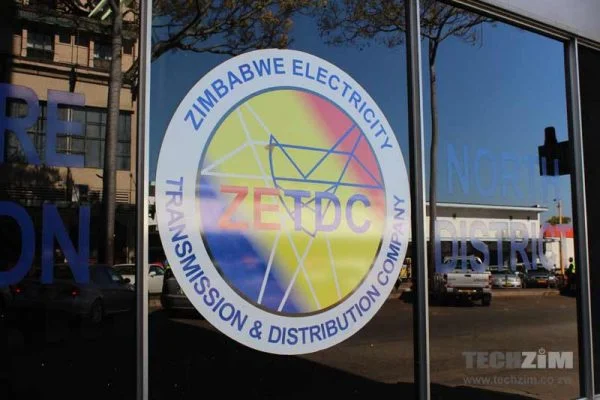Coal Producers Association is seeking permission from monetary authorities to sell its coal to ZESA Holdings in foreign currency as the power utility is billing exporters in forex for electricity consumption.
The Reserve Bank of Zimbabwe (RBZ) recently directed the State-owned power utility, ZESA to bill exporters in hard currency.
Speaking to Mining Zimbabwe, Coal Producers Association chairman, Mr. Ray Mutokonyi said the greatest challenge facing the coal miners in the country so far regards sustainability issues as the cost of production did not match with prices on the market.
“The major challenge that we have for now is that of sustainability. The cost of production and the price of coal on the local markets is not sustainable.
“At the moment, the price of coal on the local market is US$16 per tonne and ZESA is paying us at the official interbank exchange rate of US$1: ZWL$25,” he said.
“We are also saying ZESA should pay us in foreign currency as they are also receiving payment for electricity consumption by exporters including coal producers in forex.
“If we are allowed to sell coal to ZESA in forex, our operations will become sustainable unlike at the moment.”
He said the coal producers have since engaged RBZ over the matter.
“Nothing tangible in that regard has materialised yet but it is our fervent hope that the desired results will be achieved,” said Mr. Mutokonyi.
The country’s coal mining sector is dominated by Makomo Resources, Zambezi Gas, and Hwange Colliery Company Limited with the above producers supplying about 90 per cent of their output to the Zimbabwe Power Company’s thermal power stations.
The foreign currency that ZESA is receiving from the exporters for electricity consumption was being channelled to import power.
At present, Zimbabwe imports power from regional utilities such as Eskom of South Africa as the country’s power generation capacity was depressed.
Last year, Eskom cut off power exports to Zimbabwe over a US$80 million debt, which the government has since cleared paving way for fresh power import negotiations.
The country requires about 2200MW of electricity but currently generates under 1000MW.
The subdued generation is largely due to lack of investment in new power projects in recent years as ZESA was forced to operate with antiquated equipment at its power stations.
Due to depressed generation capacity, critical sectors of the economy such as manufacturing, mining, and agriculture have had to grapple with electricity challenges, whittling down their production capacities.
However, the government has embarked on a major expansion project of its existing power stations such as Kariba, and Hwange with a view of boosting the operational efficiency of the power plants.
Coal intake at the country’s thermal power stations is expected to increase as a result of the rehabilitation and expansion projects being undertaken or planned by ZESA.
The Zimbabwe Energy Regulatory Authority has since 2010 licensed over 70 Independent Power Producers as part of a broader scope to improve electricity supply into the economy.
However, not much power being generated by the IPPs is being fed into the national grid as the projects were still at different stages of development.
This article first appeared in the 15 June 2020 issue of Mining Newsweek





